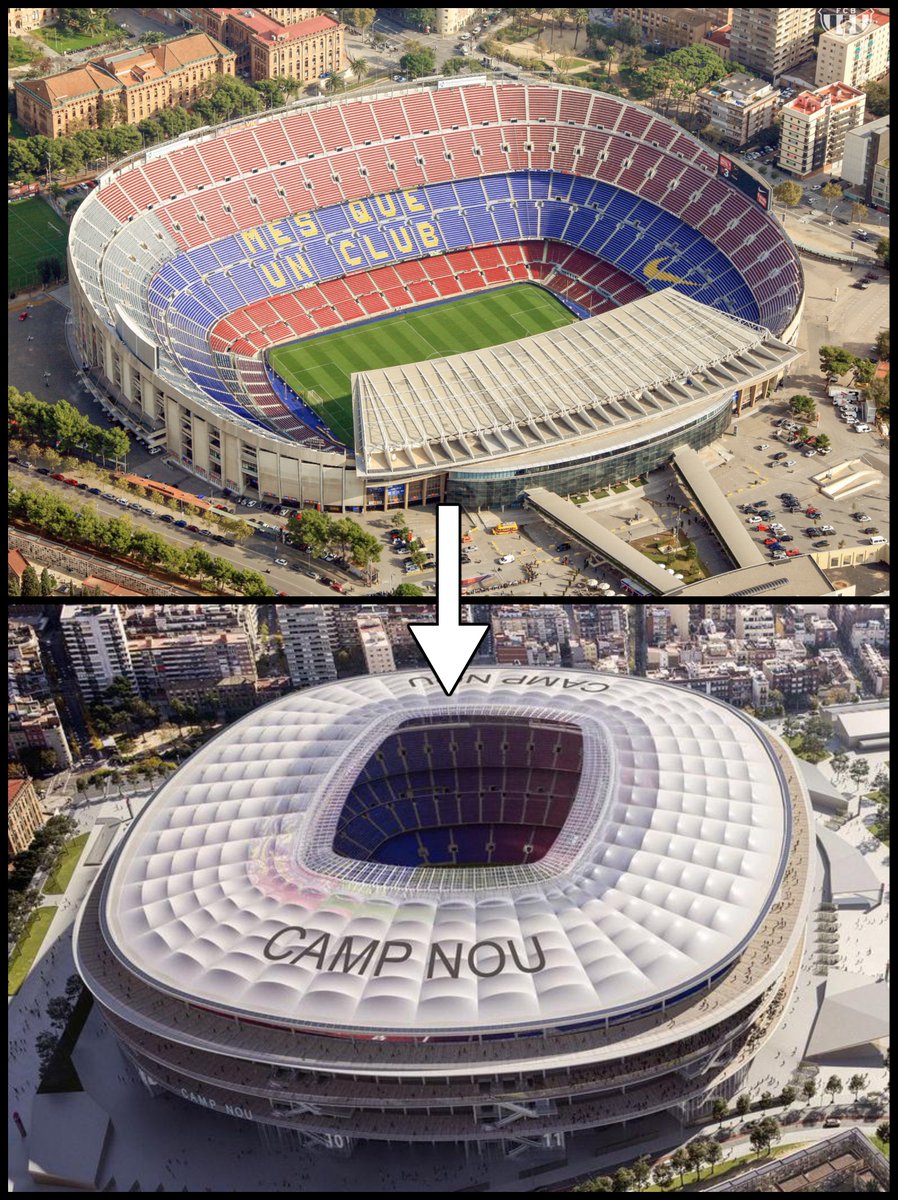This is Biete Giorgis, one of eleven rock-hewn churches carved into the volcanic hills of northern Ethiopia over 800 years ago... 

Ethiopia was the second ever place to formally adopt Christianity.
Armenia was the first to make Christianity its state religion, in 314, but the Kingdom of Aksum soon followed in 330, and the Ethiopian Orthodox Church was born.
As recorded on the 4th century Ezana Stone.
Armenia was the first to make Christianity its state religion, in 314, but the Kingdom of Aksum soon followed in 330, and the Ethiopian Orthodox Church was born.
As recorded on the 4th century Ezana Stone.

The Kingdom of Aksum was a large and powerful state which occupied much of Ethiopia, along with parts of what are now Eritrea, Djibouti, and Sudan.
Christianity had arrived via contact with Graeco-Roman Egypt, and Aksum played a key role in the trade and politics of the region.
Christianity had arrived via contact with Graeco-Roman Egypt, and Aksum played a key role in the trade and politics of the region.

It was under King Kaleb that the kingdom reached its largest extent. The Byzantine Emperor Justin I asked him to invade the Himyarite Kingdom in the Arabian Peninsula to end the persecution of Christians there.
In 525 Kaleb achieved this, and Aksum dominated the Red Sea.
In 525 Kaleb achieved this, and Aksum dominated the Red Sea.

By the 7th century the Kingdom of Aksum faced serious trouble, at first because of wars with Persia and then because of the Islamic conquests, which spread from Arabia right across to West Africa.
Christian Ethiopia became isolated and fell into decline.
Christian Ethiopia became isolated and fell into decline.

Around the year 900 a new power emerged - the Zagwe Dynasty, which ruled in northern Ethiopia until Yekuno Amlak overthew it in 1270 and established the Solomic Dynasty, which lasted until 1974.
The most famous Zagwe king was Gebre Meskel, who ruled from 1181-1221.
The most famous Zagwe king was Gebre Meskel, who ruled from 1181-1221.

After the Islamic conquest of Jerusalem under Saladin in 1187 - retaking it from the Crusaders - Christian pilgrimage there became much more difficult.
And so Gebre Meskel had a vision in which St George instructed him to build a new Jerusalem in his own kingdom...
And so Gebre Meskel had a vision in which St George instructed him to build a new Jerusalem in his own kingdom...
And that's exactly what he did.
The local river was renamed the River Jordan and Gebre Meskel had eleven churches carved into the volcanic hills around Lalibela, the capital of the Zagwe kingdom.
It was a new Jerusalem for the pilgrims of his isolated Christian state.
The local river was renamed the River Jordan and Gebre Meskel had eleven churches carved into the volcanic hills around Lalibela, the capital of the Zagwe kingdom.
It was a new Jerusalem for the pilgrims of his isolated Christian state.
The eleven churches - each of which has a unique design - are in two main groups, one to represent earthly Jerusalem and the other to represent heavenly Jerusalem. 

Starting with those north of the River Jordan, there is Biete Medhani Alem (House of the Saviour of the World), which is believed to be the largest rock-cut church in the world. 



And Biete Golgotha Mikael (House of Golgotha Mikael), which includes replicas of the tombs of Adam and of Jesus, and the interior of which is decorated with carvings of saints. 





And apart from both groups, connected by a trench, is Bete Giorgos (House of George), famous for its cruciform shape. 



These churches took 24 years to build - that's what a Portuguese embassy were told in 1520.
And, like all rock-hewn structures, they were made by hollowing out and shaping existing material rather than adding it.
This was building in reverse.
And, like all rock-hewn structures, they were made by hollowing out and shaping existing material rather than adding it.
This was building in reverse.

And so their striking interiors, complete with aisles and arcades and pilasters and columns - like any ordinary church - were sculpted rather than built up.
These places aren't just underground - they are part of the ground.

These places aren't just underground - they are part of the ground.


Also meaning that they were built below ground-level, either standing independently in pits or carved like caves into the hills, all connected by a network of tunnels and trenches. 





The rock-hewn churches of Lalibela - a new Jerusalem - are surely no less remarkable now than they were when first built by King Gebre Meskel 800 years ago.
They remain a site of pilgrimage and daily worship, and tell the story of a unique and understudied chapter in history.
They remain a site of pilgrimage and daily worship, and tell the story of a unique and understudied chapter in history.

• • •
Missing some Tweet in this thread? You can try to
force a refresh


































